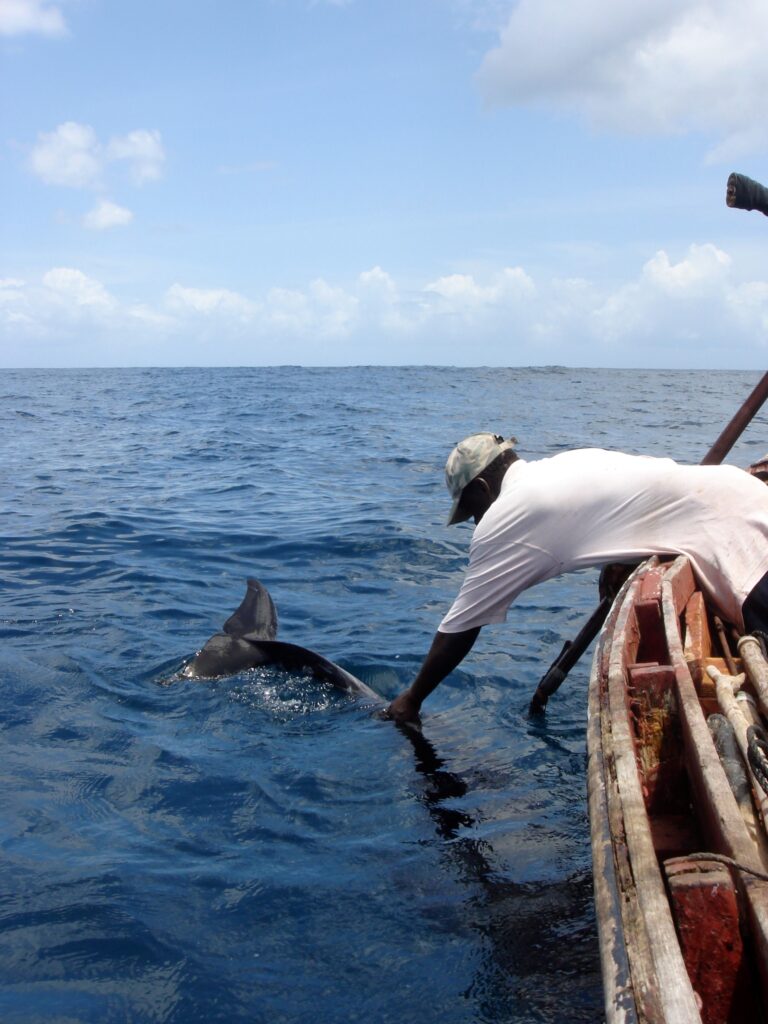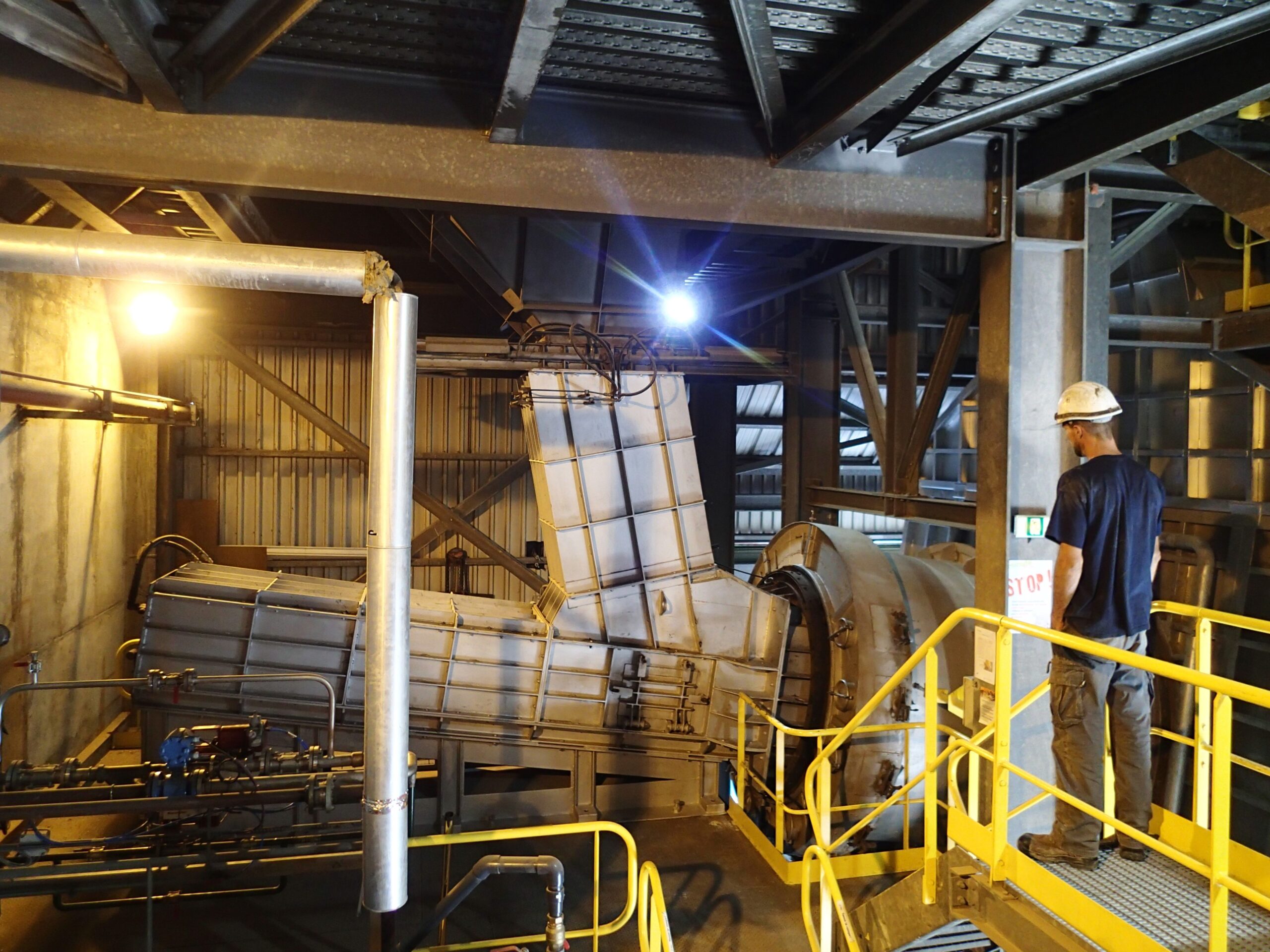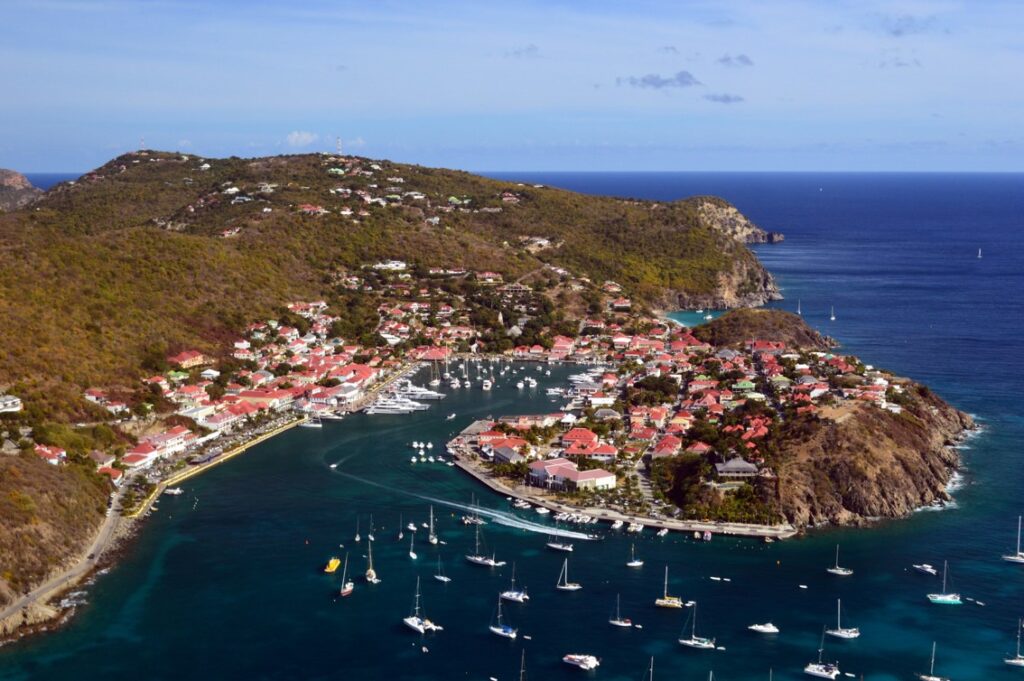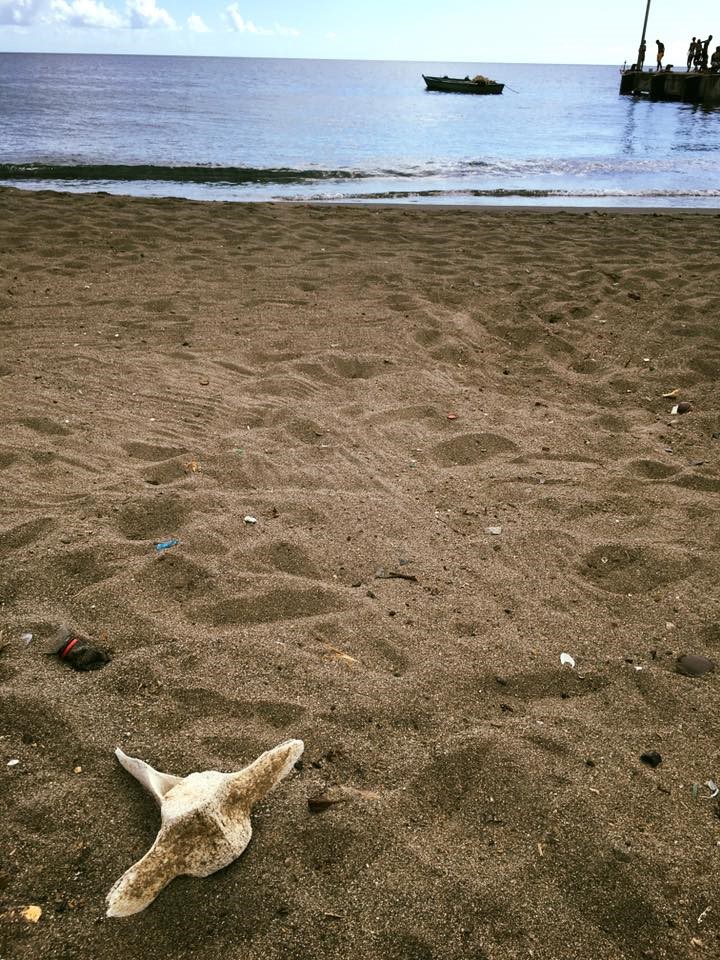Save Whale Oil Industry Make Newhaven Great Again
Featured Epitome: A whaling boat lies anchored off the Caribbean island of St. Vincent with 3 harpooned short-finned pilot whales tied alongside. Photograph credit: Adam Gravel, SalvageBlue
By Invitee Contributor: Russell Fielding
The Whale Oil Myth
The so-called Whale Oil Myth, as summarized by environmental sociologist Richard York, claims that "the ascension in the production of petroleum and other fossil fuels was a key factor in ending large-calibration whaling and, thereby, saved the whales from extermination." The evolution of the petroleum-powered engine, withal, which ushered in a new era of whaling by giving whaleships the speed they needed to grab and kill fast-pond rorquals such as blue and fin whales, registers simply as an inconvenient footnote in the annals of free-marketplace environmentalism. Nor were whale oil and petroleum mutually exchangeable. Environmental historian Kurkpatrick Dorsey asks rhetorically in Whales and Nations, "Once blab had been rendered into oil, who wanted it after petroleum had become more than cheaply and abundantly available?" The respond is elementary: Nutrient manufacturers wanted whale oil because, in Dorsey'south words, "human beings couldn't consume petroleum." For more than than a century subsequently the evolution of the modern petroleum industry, whale oil remained a valuable global commodity and whales continued to exist killed to produce it, along with other valuable whale-based products.
Since the International Whaling Committee'south 1986 moratorium on commercial whaling, almost people'due south diets take not included whale products. Nonetheless, mainly within developing littoral and island communities, whales are withal hunted for food and oil today. Accordingly, the connection between whaling and the use of fossil fuels continues with all the complexity and counter-intuitiveness equally it did during the era of loftier seas whaling and early global industrialization. Today, we witness not the predictable replacement of whale oil by fossil fuels, and thus the end of whaling, but rather the stepwise and gradual replacement of the fossil fuel manufacture with renewable free energy. This energy transition, unlikely as information technology may audio, is influenced in a minor but meaningful style past whaling. As we shall run across, research findings on nowadays-day whaling societies are now cited and used equally a platform in strong support of calls to transition away from energy systems based on fossil fuels towards renewable energy sources.
Polluted food
The Caribbean area island of St. Vincent is a place where whales and dolphins are hunted legally for nutrient and oil, the latter being used in cooking and every bit a medicinal remedy (Figure i). As noon predators, these species accumulate loftier concentrations of ecology contaminants—a archetype case of biomagnification. My inquiry studies the risks to human wellness and cultural identity presented by these ecology contaminants in the Caribbean area food web. Ane of the most concerning contaminants is mercury, which originates from, among other sources, coal combustion. My research has institute concentrations of mercury in whale tissue far in excess of recommended limits for human consumption. This is concerning not simply for the sea mammals themselves and those who eat them. It is likewise apropos for anyone eating other sea food since whales and dolphins tin can serve equally environmental bellwethers for the overall health of their habitats.

The impact of human activeness on the marine environment is both various and far-reaching. In other places where whales are hunted for food (like Alaska, Canada, Nippon, and Russia), scientists have found levels of mercury and other contaminants that exceed dietary guidelines. In the Faroe Islands, a N Atlantic whaling customs, the public health risk presented past contaminants in whale tissue is a major topic of public business organisation. In a 2008 report, after decades of issuing increasingly strict limits to the amount of whale meat and blab that could be safely consumed, the Chief Doc of the Faroese Infirmary Organisation reached the landmark conclusion that the Faroese people should altogether terminate the consumption of foods derived from whales.
The Faroese report concluded with a patriotic, but ultimately powerless, defence force: "We in the Faroe Islands are without responsibility with regard to the marine pollution, which has been inflicted upon us from outside." This merits is technically true: the Faroe Islands support no industries linked to the emission of mercury or the other contaminants scientists were finding in the tissue of the whales. The Faroese energy infrastructure is largely dependent on renewable sources; their government and industry leaders actively seek to reduce reliance upon fossil fuels for both energy generation and transportation. That the traditional Faroese foods of whale meat and blab, which had been exploited at sustainable levels for at least 500 years, would be threatened by pollution that the Faroese themselves claim to have had no role in producing was especially disheartening. (To be off-white, I've been critical of this claim, but only slightly.) Equally my research continued to investigate the presence of similar contaminants in the Caribbean area environs, I wondered if the affected communities there could make similar claims of innocence.
Renewable energy transitions
The question of culpability among Caribbean nations with regard to industrial contaminants in their food supplies led me to begin investigating the potential for—and barriers to—renewable free energy development in the region. I started in St. Barthélemy, an island that stands out as an early adopter of renewable energy systems, specifically in the class of a waste-to-energy facility that provides thermal energy from called-for municipal waste to power the island's seawater desalination plant (Figure 2). Well-nigh Caribbean islands generate their electricity from imported fuel oil; only a few produce free energy from coal or have coal resources of their ain. Several, however, are actively exploring means to increment reliance upon renewable energy sources and some, similar St. Barthélemy, accept begun to transition away from imported fossil fuels and toward energy systems that make better, often cleaner and perhaps cheaper, apply of locally-available natural resources.

Past relying every bit they presently do on fossil fuels, any claim by almost Caribbean communities, fifty-fifty St. Barthélemy, to be "without responsibility with regard to the marine pollution" affecting their food security would be tenuous at best. To be certain, as with any energy source, coal, oil, and natural gas each comes with its own item risks of environmental impairment. The mercury that my research has found in whale tissue likely traces dorsum to coal. Just petroleum-based fossil fuels threaten marine life fifty-fifty more visibly: The 2010 Deepwater Horizon oil spill, which pushed the Gulf of Mexico Bryde's whale to the "brink of extinction" through habitat loss is perhaps the most salient example in contempo memory. The potential transition from fossil fuels to renewable free energy systems in the Caribbean would thus represent not simply a claim of innocence with regard to the effect of contagion. With effective renewable energy projects implemented, these small islands could serve as test cases for larger continental power grids in their own quest for greater sustainability.
To larn more about renewable energy evolution in the Caribbean I've begun a survey of projects throughout the region. The diverseness of renewable energy projects rivals the cultural and geographical diversity amidst the islands. My findings on the subject include success stories like St. Barthélemy, along with wind farms on Aruba, and a geothermal constitute under structure on St. Vincent. Some are, every bit still, only aspirational like Barbados'due south goal of deriving 29% of its energy from renewable sources by 2029. Saba has gone even further, proposing to go 100% dependent upon renewable energy by 2050. Other islands take seen less success. St. Croix in the Us Virgin Islands, for example, is the site of a planned waste-to-energy facility that never materialized and the development of a like facility in Barbados has been beset with political obstacles for years. Even St. Barthélemy's free energy transition comes with its limits: The island's president, Bruno Magras, told me that while he supports the waste-to-energy facility, he worries that offshore current of air turbines would exist "also ugly" and that solar panels might diminish the aesthetic of the famous red-tile roofs of the capital, Gustavia (Effigy 3).

The economic, environmental, and wellness risks inherent in a reliance upon fossil fuels are well understood within the Caribbean region. In Barbados, for example, the government'south push toward renewable energy is driven by its concern "about possible oil spills, and the effect of emissions on public health." Small islands such equally these are particularly vulnerable to interruptions in the supply of imported resources and, because their lack of locally bachelor fossil fuel resources, would benefit greatly from the evolution of renewable free energy infrastructures—especially those that brand use of resources these islands do have in abundance: sunday, wind, the ocean, volcanism, and municipal solid waste.
The Whale Oil Myth, Revisited
Marine scientists have shown that, of all the ways human action endangers whales today, whaling plays a statistically minor—though significantly more visible—function (Figure 4). Today pollution presents a much greater threat to whale lives than whaling does. In 2007, the documentary serial Frontline produced a brusk film near the health risks of contaminated whale meat in the Faroe Islands called "Bulletin from the Bounding main." At present, more than a decade later, an echo of that North Atlantic message is ringing out from the Caribbean with a distinct coda urging—and in some cases modelling—the transition from fossil fuels to renewables. This transition is driven, in part, past the concerns of small island whalers who seek to continue their trade while claiming to be "without responsibleness" for the contaminants putting its future at risk. If they succeed, and if they convince the industrialized nations of the world to follow their atomic number 82, then maybe the Whale Oil Myth can be replaced past a more accurate, if non ironic, description of the human relationship between the whaling and energy industries. In the original Myth, the emergence of a fossil fuel economy saved the whales from whaling. In this revision, whaling will keep—at a small-scale and sustainable scale, ideally—and the scientific insights it allows into the land of the marine environment will bring the predominance of fossil fuels to an end.

Source: https://energyethics.st-andrews.ac.uk/blog/what-have-whales-got-to-do-with-fossil-fuels-and-renewable-energy/
0 Response to "Save Whale Oil Industry Make Newhaven Great Again"
Yorum Gönder